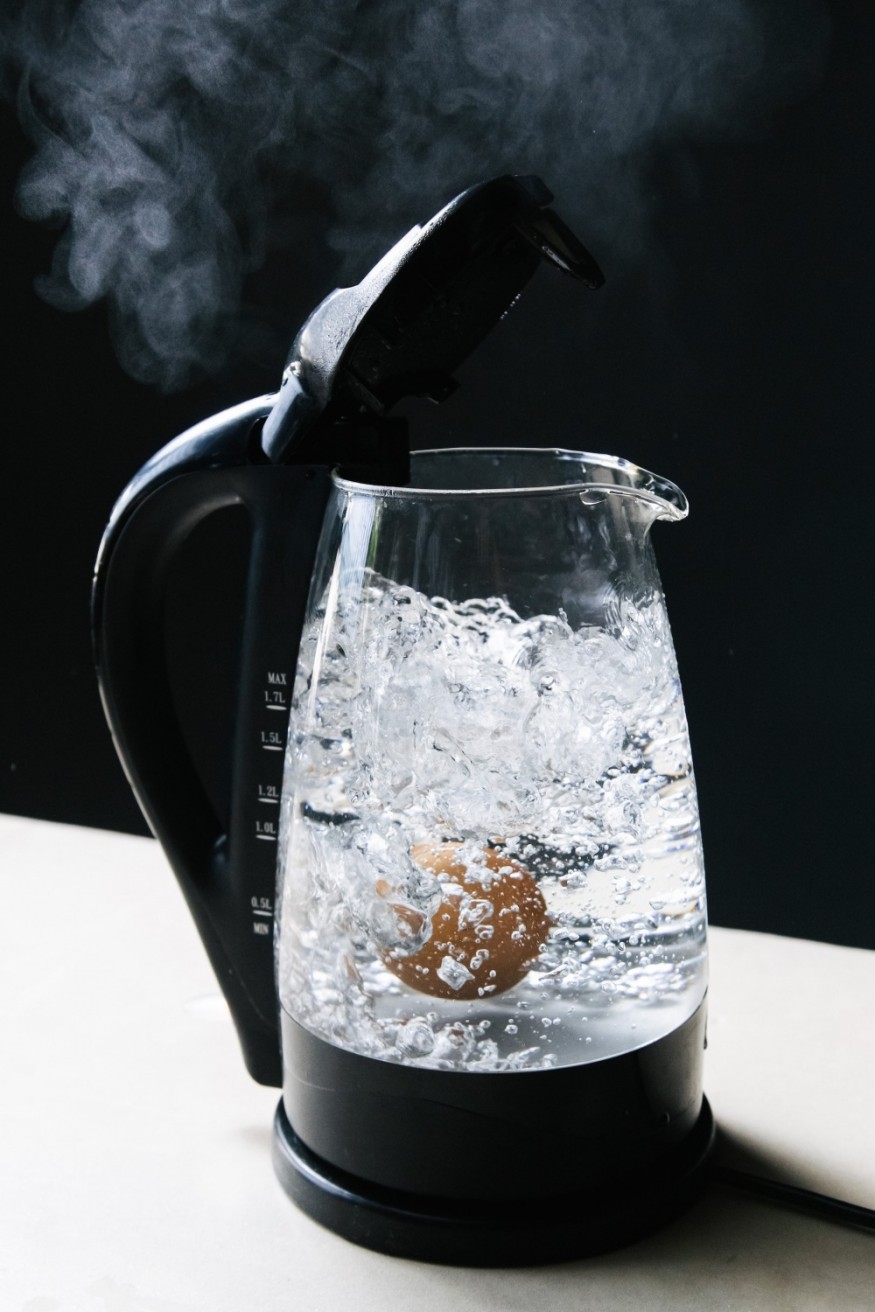
Electric boilers have become an efficient and eco-friendly alternative to traditional gas or oil-fired boilers in heating residential and commercial spaces.
One of the most intriguing aspects of electric boilers is how they function in a manner somewhat similar to an electric kettle. In this article, we will explore how electric boilers work and why they can be likened to the process of heating water in an electric kettle.
The Basic Principle
At its core, an electric boiler operates based on the principle of electrical resistance heating. In an electric kettle, a heating element made of metal, typically stainless steel or nichrome, is submerged in water. When electricity flows through this heating element, it encounters resistance, which generates heat.
This heat is then transferred to the water, causing it to warm up and eventually reach a boiling point. Electric boilers employ a similar principle, but instead of heating water for a cup of tea, they heat water for various heating applications, such as space heating and domestic hot water.
Components of an Electric Boiler
To understand how an electric boiler functions, it's essential to grasp the key components involved in the process:
Heating Elements: As Warmable explains, electric boilers are equipped with one or more heating elements made of materials with high electrical resistance. These elements are immersed in a water-filled chamber.
Water Chamber: The water chamber in an electric boiler serves as the vessel where water is heated. It is typically made of high-quality materials to withstand the heating process and maintain water purity.
Control Panel: Electric boilers are equipped with a control panel that allows users to set the desired temperature and control the heating elements. Some advanced models also feature digital displays for precise temperature adjustments.
Circulation Pump: In systems that provide space heating, a circulation pump is used to move heated water through the radiators or underfloor heating pipes, ensuring even distribution of warmth.
How It Works: Electric Boiler vs. Kettle
Now, let's delve into the similarities between an electric boiler and an electric kettle in terms of their heating processes:
Electrical Current Flow: In both appliances, the process starts with the flow of electrical current. In the electric kettle, electricity flows through the heating element, while in the electric boiler, multiple heating elements work in tandem to generate heat.
Resistance Heating: Both the kettle's heating element and the heating elements in an electric boiler exhibit resistance to the electrical current. This resistance results in the generation of heat due to the Joule heating effect. (Source: Techvolutionary)
Heat Transfer: As heat is generated within the heating elements, it is transferred to the surrounding medium-in the kettle, it's water, and in the boiler, it's a water-filled chamber.
Temperature Control: Both appliances offer temperature control options. In the case of an electric kettle, users can set the desired temperature for brewing tea or coffee. Electric boilers allow users to adjust the water temperature for space heating or domestic hot water to suit their comfort needs.
In essence, electric boilers and electric kettles share a fundamental heating principle based on electrical resistance. While the electric kettle is designed for the quick heating of small volumes of water, electric boilers are engineered for larger-scale heating applications, providing warmth and hot water for homes, offices, and other spaces.
Understanding the parallel between these appliances' heating processes helps demystify the operation of electric boilers and highlights their efficiency and versatility in providing reliable heating solutions with minimal environmental impact. Electric boilers are not only energy-efficient but also contribute to reducing greenhouse gas emissions, making them a sustainable choice for modern heating needs.
© 2025 ScienceTimes.com All rights reserved. Do not reproduce without permission. The window to the world of Science Times.












